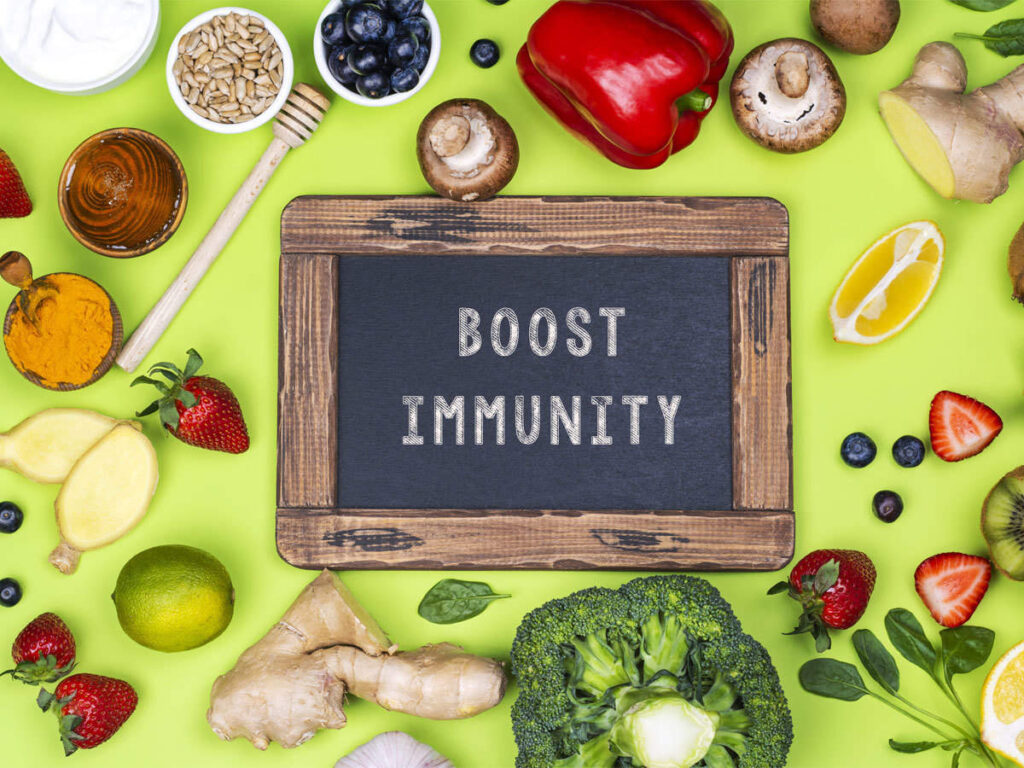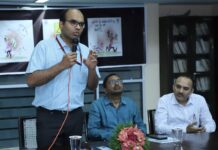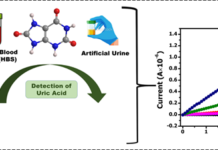Before, during, and after an illness, good nutrition is important. While no diets or nutritional supplements will avoid the onset of the deadly Coronavirus, eating a balanced diet is critical for keeping the immune system in fighting shape. Remember that even in cases of mild/quick rehabilitation, the possible long-term aftereffects necessitate adequate stores of nutrients, proteins, vitamins, and minerals. This aids in the healing process by reactivating the immune system.
Unfortunately, a significant setback before and after the infection is the lack of scent and/or taste, which has a significant impact on the patient’s appetite. The high dose of drug given can also induce nausea and food aversions. As a result, whatever the child is willing to eat must be high in protein which resources, which should preferably include foods from all food groups.
Being a strong believer that how you begin your day sets the tone for the rest of it. The first few foods you eat as you wake up can be high in vitamins, immune boosters, and natural supplementation. After the Covid patient has finished their prescription drug and quarantine time, Begin your day with two small Kashmiri garlic pods, followed by a 30ml amla-and-aloevera juice shot, followed by a jeera ajwain water/methi daana water/barley water/cinnamon water (which depends on the patient’s pre-existing medical conditions and needs). Step 4 in the morning routine: 5 almonds, 2 entire walnuts, and 1 fig/date/prune and finish with a seasonal fruit. Since my patients’ appetites are subdued, the first five morning routine moves normally keep them working for the first 2-3 hours of their day.
Following that, get an oat bran cereal with almond milk; add jaggery and a teaspoon of flaxseed for a filling cup. One whole egg, along with a few egg whites and half an avocado, is a high-protein, high-fat choice.
I add a coconut water concoction mid-morning for hydration and to keep the gut cool: soak sabjaor (basil) and chia seeds with mint leaves in fresh coconut water.
Lunch is the lunch in which I consume foods from all food groups. Carbohydrates are essential for regaining energy levels and can be eaten in the form of wheat/millets/oats/brown rice/sweet potato.
I recommend a seasonal fruit high in Vitamin C as a first filler between lunch and dinner. Grapefruit/orange/kiwi, for example.
Our Indian cuisine is naturally high in herbs and spices with immune-boosting properties. Filler 2 is herbal beverages such as kada, turmeric milk, and ginger tea. However, it is important not to overdose on kada; not all herbs are suitable for everyone. In this temperature, kada/heat-inducing concoctions will induce gastric problems, heat rashes, acne, and boils, as well as exacerbate any known allergies such as urticaria or rosacea.
Moving on to the final meal of the day, I like to recommend a high-protein meal with complex carbs for a healthy dinner. Bone broth soup/moringa soup/eggs/grilled fish/sweet potato, broccoli cutlets with Indian seasonal sabzis or vegetables are some examples. Dinner should be finished 3-4 hours before going to bed.
To maximise nutrient absorption, avoid all refined, packaged, preserved foods, deep-fried snacks, cookies, bakery products, coffee, sodas, sweetened fruit drinks, fast food, alcohol intake, and smoking.
8 hours of uninterrupted sleep, stress management, and staying hydrated at all times are critical for rapid recuperation and recovery.








